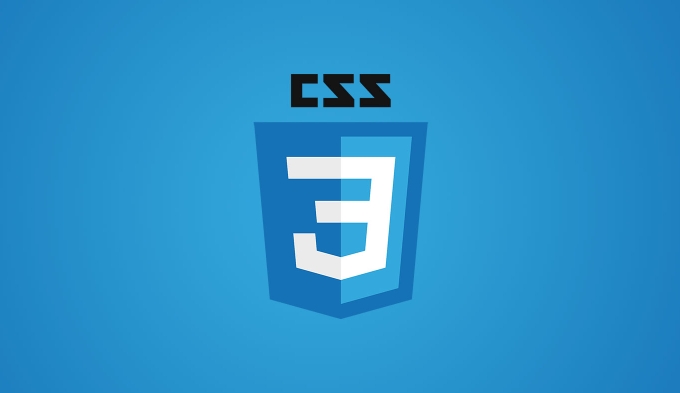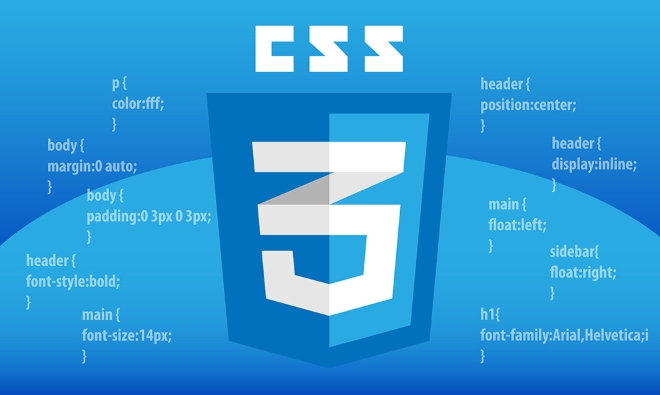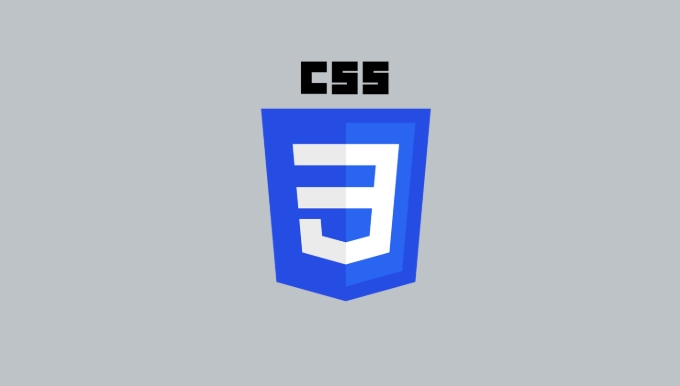 Web Front-end
Web Front-end
 CSS Tutorial
CSS Tutorial
 Controlling element visibility with display: none vs visibility: hidden in css
Controlling element visibility with display: none vs visibility: hidden in css
Controlling element visibility with display: none vs visibility: hidden in css
Jul 06, 2025 am 01:49 AMTo select display: none or visibility: hidden depends on whether element space is retained; 1.display: none completely removes elements, does not occupy space, and is suitable for dynamic control display; 2.visibility: hidden retains space, only visually hidden, suitable for animation or layout maintenance; 3. Note that display: none does not trigger the rendering tree, and cannot obtain the size, while visibility: hidden can still obtain the size through JS.

Sometimes you want an element on the web page to not display for the time being, but you are not sure whether to use display: none or visibility: hidden . Both attributes can hide elements, but the effects are quite different. Choosing the wrong ones may lead to layout problems or interaction abnormalities.

Let’s talk about their differences and applicable scenarios from the perspective of actual use.

display: none is completely "disappearing"
Use display: none element, as if it was "deleted" from the page:
- Elements do not occupy any space
- The page layout is recalculated and other elements fill its position
- Its size information cannot be obtained through JavaScript (because it is no longer in the rendering tree)
For example, you have a button whose default state is hidden and only shows when certain conditions are met. It is very suitable to use display: none at this time because it will not affect the layout from the beginning.

.hide-me {
display: none;
}Common uses: Switch content blocks, lazy loading components, dynamically control displays based on user behavior, etc.
visibility: hidden is "invisible man"
By contrast, visibility: hidden just makes the element invisible, but it remains in the page layout:
- The elements still occupy the original space
- The page layout will not change
- Its size and position can still be obtained through JS
For example, when you are doing an animation, you want to hide an element first and then slowly fade in. At this time, it is important to retain space, otherwise the content of the page will suddenly jump.
.hide-me-but-stay {
visibility: hidden;
}Common uses: animation transition, maintain layout structure, form verification prompt placeholder, etc.
How to choose? Depend on your needs
Which one to choose depends mainly on whether you want this element to "occupy the territory".
- If you want to hide it and not affect the page layout → use
visibility: hidden - If you want to completely remove visual representation and space occupation → use
display: none
Simply put:
-
display: none= The house is demolished and the land is not left behind -
visibility: hidden= The house is still there, but you can't see it
There are some details to note:
-
visibilitycan be inherited, and child elements can be displayed forcibly usingvisibility: visible -
display: nonewon't affect performance too much, but frequent switching may trigger reordering
Basically these differences. After understanding it clearly, just select appropriate attributes according to the specific scenario, which are not complicated but are easy to ignore.
The above is the detailed content of Controlling element visibility with display: none vs visibility: hidden in css. For more information, please follow other related articles on the PHP Chinese website!

Hot AI Tools

Undress AI Tool
Undress images for free

Undresser.AI Undress
AI-powered app for creating realistic nude photos

AI Clothes Remover
Online AI tool for removing clothes from photos.

Clothoff.io
AI clothes remover

Video Face Swap
Swap faces in any video effortlessly with our completely free AI face swap tool!

Hot Article

Hot Tools

Notepad++7.3.1
Easy-to-use and free code editor

SublimeText3 Chinese version
Chinese version, very easy to use

Zend Studio 13.0.1
Powerful PHP integrated development environment

Dreamweaver CS6
Visual web development tools

SublimeText3 Mac version
God-level code editing software (SublimeText3)

Hot Topics
 How can I include CSS only on some pages?
Jun 11, 2025 am 12:01 AM
How can I include CSS only on some pages?
Jun 11, 2025 am 12:01 AM
There are three ways to selectively include CSS on a specific page: 1. Inline CSS, suitable for pages that are not frequently accessed or require unique styles; 2. Load external CSS files using JavaScript conditions, suitable for situations where flexibility is required; 3. Containment on the server side, suitable for scenarios using server-side languages. This approach can optimize website performance and maintainability, but requires balance of modularity and performance.
 Flexbox vs Grid: Understanding the Key Differences in CSS Layout
Jun 10, 2025 am 12:03 AM
Flexbox vs Grid: Understanding the Key Differences in CSS Layout
Jun 10, 2025 am 12:03 AM
Flexboxisidealforone-dimensionallayouts,whileGridsuitstwo-dimensional,complexlayouts.UseFlexboxforaligningitemsinasingleaxisandGridforprecisecontroloverrowsandcolumnsinintricatedesigns.
 Creating an Auto-Closing Notification With an HTML Popover
Jun 10, 2025 am 09:45 AM
Creating an Auto-Closing Notification With an HTML Popover
Jun 10, 2025 am 09:45 AM
The HTML popover attribute transforms elements into top-layer elements that can be opened and closed with a button or JavaScript. Popovers can be dismissed a number of ways, but there is no option to auto-close them. Preethi has a technique you can u
 What is 'render-blocking CSS'?
Jun 24, 2025 am 12:42 AM
What is 'render-blocking CSS'?
Jun 24, 2025 am 12:42 AM
CSS blocks page rendering because browsers view inline and external CSS as key resources by default, especially with imported stylesheets, header large amounts of inline CSS, and unoptimized media query styles. 1. Extract critical CSS and embed it into HTML; 2. Delay loading non-critical CSS through JavaScript; 3. Use media attributes to optimize loading such as print styles; 4. Compress and merge CSS to reduce requests. It is recommended to use tools to extract key CSS, combine rel="preload" asynchronous loading, and use media delayed loading reasonably to avoid excessive splitting and complex script control.
 How to use Lotties in Figma
Jun 14, 2025 am 10:17 AM
How to use Lotties in Figma
Jun 14, 2025 am 10:17 AM
In the following tutorial, I will show you how to create Lottie animations in Figma. We'll use two colorful designs to exmplify how you can animate in Figma, and then I'll show you how to go from Figma to Lottie animations. All you need is a free Fig
 Breaking Boundaries: Building a Tangram Puzzle With (S)CSS
Jun 13, 2025 am 11:33 AM
Breaking Boundaries: Building a Tangram Puzzle With (S)CSS
Jun 13, 2025 am 11:33 AM
We put it to the test and it turns out Sass can replace JavaScript, at least when it comes to low-level logic and puzzle behavior. With nothing but maps, mixins, functions, and a whole lot of math, we managed to bring our Tangram puzzle to life, no J
 External vs. Internal CSS: What's the Best Approach?
Jun 20, 2025 am 12:45 AM
External vs. Internal CSS: What's the Best Approach?
Jun 20, 2025 am 12:45 AM
ThebestapproachforCSSdependsontheproject'sspecificneeds.Forlargerprojects,externalCSSisbetterduetomaintainabilityandreusability;forsmallerprojectsorsingle-pageapplications,internalCSSmightbemoresuitable.It'scrucialtobalanceprojectsize,performanceneed
 Does my CSS must be on lower case?
Jun 19, 2025 am 12:29 AM
Does my CSS must be on lower case?
Jun 19, 2025 am 12:29 AM
No,CSSdoesnothavetobeinlowercase.However,usinglowercaseisrecommendedfor:1)Consistencyandreadability,2)Avoidingerrorsinrelatedtechnologies,3)Potentialperformancebenefits,and4)Improvedcollaborationwithinteams.





